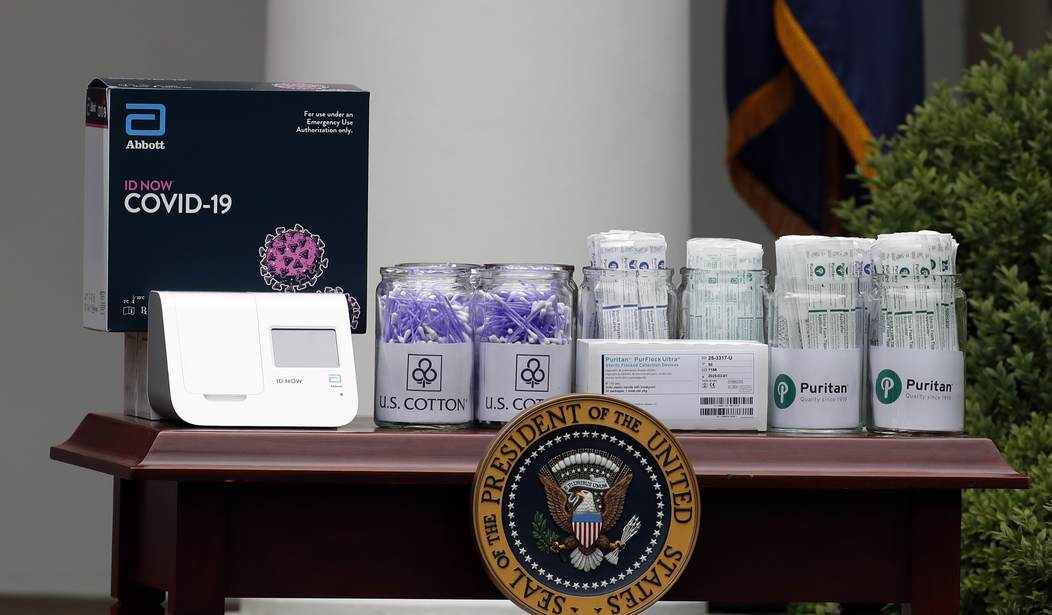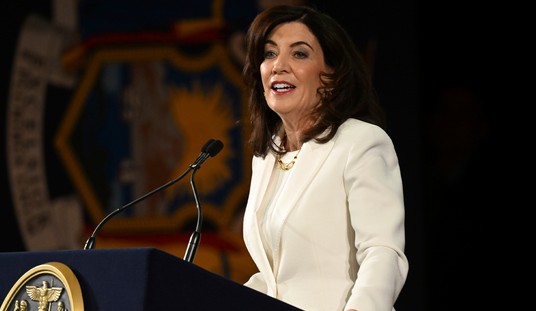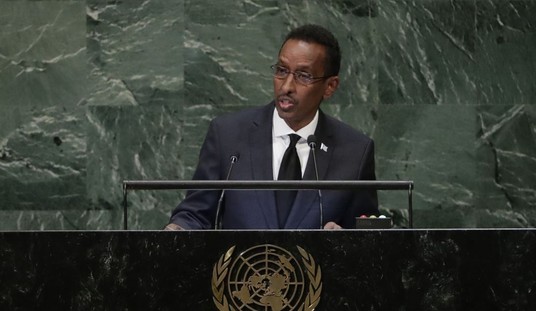COVID-19 continues to dominate headlines as cases and hospitalizations have risen significantly in some parts of the country, including Texas, over the last month. This COVID spike bears watching, but a sober second voice is needed to temper the universally alarmist media coverage. "Doctors say the US is in a 'free fall'..." reads a recent CNN headline. We most certainly do not.
When you get past the deluge of fearful stories, there are numerous positive COVID developments that bear repeating. Exhibit A is the death rate, arguably the most important measure. COVID is an extremely infectious disease, but it's not a very lethal one. The Centers for Disease Control estimates that the death rate is just 0.4 percent. That's roughly an order of magnitude lower than original estimates. At this fatality rate, COVID-19 is not much deadlier than the Asian flu of 1957 or the Hong Kong Flu of 1968.
Even this topline death rate overestimates COVID's impact. Over 80 percent of fatalities are among those aged 65 years or older. Nearly 95 percent of COVID victims had at least one preexisting condition. According to The New York Times, 43 percent of deaths have come at nursing homes. Day-laborers and meatpackers have also been disproportionately impacted because it's difficult for them to socially distance. Media accounts have largely ignored these statistics that indicate younger and healthier people face almost no risk of dying from this disease.
Admittedly, deaths are a lagging indicator of disease severity. But the number of positive tests has been rising since around Memorial Day, and deaths continue to fall. Daily deaths have fallen to around 550, based on a seven-day rolling average, down by more than half over the past six weeks.
Recommended
So what does this nuance mean? That the country can immediately pursue a widespread reopening, which includes bars, nursing homes, and arena events? Of course not. Just that a careful, phased-in reopening can continue. This approach protects the most vulnerable, including the elderly, immunocompromised, and close-quartered, while allowing the rest of the population to get back to living. (Or as close to living as possible with indoor mask use and social distancing.)
In some hotspots, a "dimmer switch" may be needed to pause reopenings when needed. Yet we can't -- and needn't -- turn the lights off on the economy again. Schools, beaches, and most businesses can reopen.
Stay-at-home orders have severe health consequences of their own. According to a 2011 meta-analysis published in Social Science & Medicine, deaths rise by nearly two-thirds during unemployment as substance abuse skyrockets. Unemployment increases the risk of suicide by 145 percent. The Census Bureau finds the number of Americans reporting a depressed mood has doubled since before the pandemic to half of all respondents. Express Scripts reports anti-anxiety prescriptions increased by a third, and there's a national shortage of Zoloft. Where's this side of the story in the countless news articles about the perils of reopening?
It's now up to my fellow medical professionals and me to speak out about the nuance of the COVID threat. Offering balance used to be the role of the media; unfortunately, it abdicated this responsibility in favor of clicks long ago.
Dr. Katarina Lindley, D.O. FACOFP, is a physician in Brock, Texas and a partner of the Job Creators Network Foundation.

























Join the conversation as a VIP Member